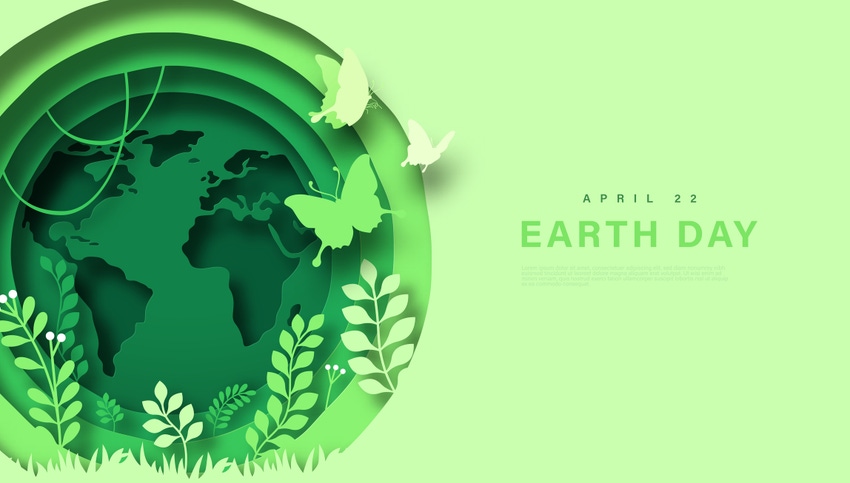The first Earth Day was obsessed with littering, but it led to profound regulatory change.
April 21, 2023

I attended the first Earth Day event on April 22, 1970, as a teenager. I was later surprised to discover that an estimated 20 million people nationwide attended inaugural events at tens of thousands of sites that day in April. Events were held at elementary and secondary schools, universities, and community sites across the United States.
In my case, it was a day-long teach-in at Oakland University about 15 miles north of Detroit. My girlfriend said we should go. I listened this time. The last time she had suggested something big, it was a trip to Woodstock. I said, “Naw, that’s too far away. Let’s go camping in Canada.” I’m so smart.
So this time I listened.
I wasn’t completely unaware of the need to look at environmental issues. A few years earlier, I saw a green book on the end table where my mom kept her magazines and books. It was Silent Spring by Rachel Carson. Rather than read the book, I asked Mom what it was about. In brilliant lay language, she explained the devastating effects of DDT.
Mom also explained the horror of life on this planet if a link in the food chain is poisoned. In the case of Silent Spring, the insects. It goes something like this. You kill insects to protect food crops. DDT is very effective. Carson argued that in time there would be no more insects to pollinate our crops. Plus, the insect-eating birds die. Then ultimately, we would die. The book was popular. Soon the whole country said “Yikes!”

The newly formed Environmental Protection Agency banned DDT in the US. Chemical companies continued to produce it for use outside the US. The UN finally pushed for its worldwide ban in 1996. Then, in 2006, the World Health Organization declared its support for the indoor use of DDT in African countries where malaria remains a major health problem.
So there I am at the Earth Day teach-in, learning about how banana peels are great organic packaging for bananas and that ice cream cones are the best dishes for food since they’re edible. Heady stuff. Yet that day got everybody thinking. The next year we saw a mainstream tv ad with a Native American man crying in a canoe. He was sad about littering.
Even in those primitive environmental days, many were aware that the danger of the indiscriminate use of chemicals near human populations tended toward horror. And while some of the topics discussed at those first Earth Day events can seem silly in retrospect, the results were not trivial. That sunny day in April directly aided in the establishment of the Environmental Protection Agency, the National Environmental Education Act, the Occupational and Safety Act, the Clean Water Act, the Clean Air Act, the Endangered Species Act, and the Federal Insecticide, Fungicide, and Rodenticide Act. That’s not heady.
Now you can go to an official Earth Day site and find out about environmental events and learn about progress in the fight for a clean and safe environment.
So, what’s the lesson learned from my attendance at that first Earth Day event 52 years ago? It didn’t quite make up for missing Woodstock, but it was quite memorable.
About the Author(s)
You May Also Like





